Home>Gardening & Outdoor>Outdoor Recreation & Activities>What Does Muriatic Acid Do To A Swimming Pool
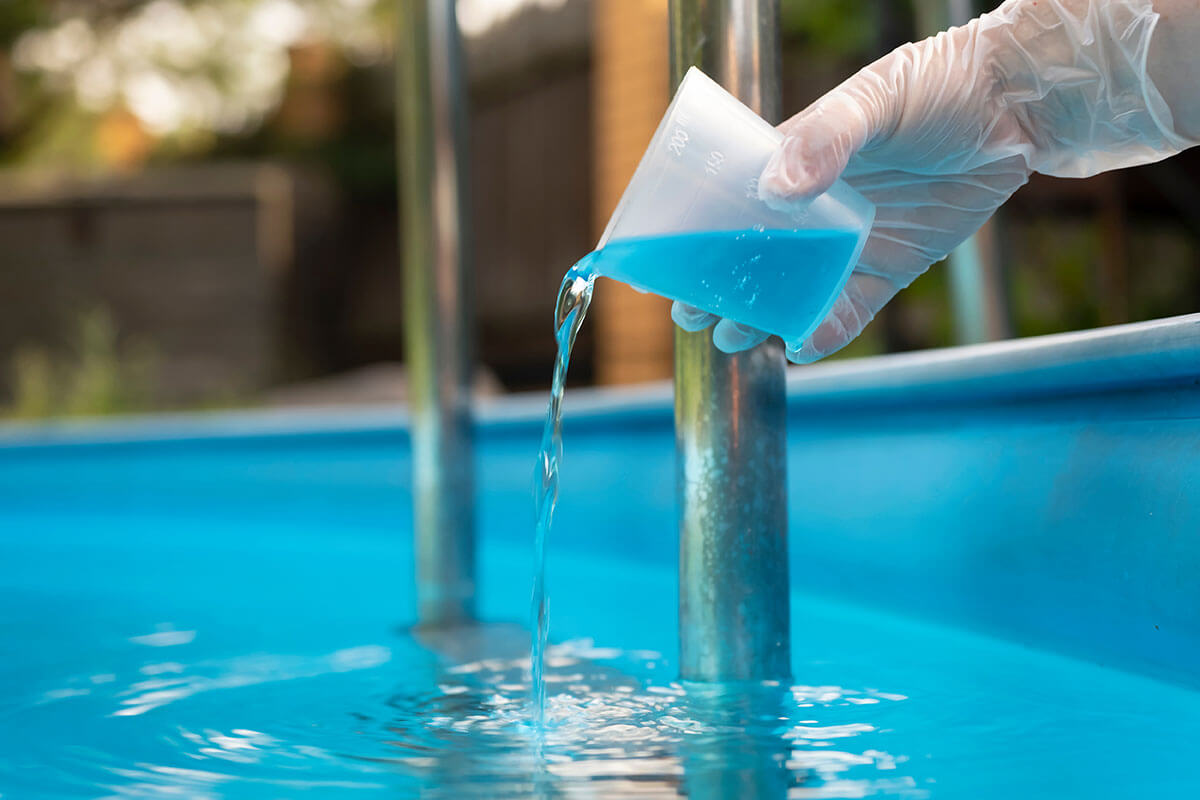

Outdoor Recreation & Activities
What Does Muriatic Acid Do To A Swimming Pool
Modified: March 2, 2024
Discover the effects of muriatic acid on swimming pools and how to safely maintain your outdoor recreation area. Learn more about outdoor-recreation-and-activities.
(Many of the links in this article redirect to a specific reviewed product. Your purchase of these products through affiliate links helps to generate commission for Storables.com, at no extra cost. Learn more)
Introduction
Muriatic acid, also known as hydrochloric acid, is a powerful chemical commonly used in swimming pool maintenance. Its role in pool care is crucial for maintaining balanced water chemistry and ensuring a safe and enjoyable swimming environment. Understanding the impact of muriatic acid on pool water is essential for pool owners and maintenance professionals alike.
In this comprehensive guide, we will delve into the various aspects of muriatic acid and its effects on swimming pool water. From its chemical properties to its role in pH regulation and alkalinity management, we will explore the significance of muriatic acid in maintaining optimal water quality. Additionally, we will provide insights into the safe and effective use of muriatic acid, empowering pool owners with the knowledge to uphold pristine pool conditions.
As we embark on this exploration, it's important to recognize the pivotal role of muriatic acid in the realm of pool maintenance. By gaining a deeper understanding of this potent chemical and its implications for pool water chemistry, we can equip ourselves with the expertise needed to ensure the longevity and vitality of our swimming pools. Let's unravel the mysteries of muriatic acid and unveil its profound impact on the aquatic oasis we cherish.
Key Takeaways:
- Muriatic acid is crucial for maintaining a safe and clean swimming pool by balancing pH levels, managing alkalinity, and preventing scale buildup, ensuring a pleasant swimming experience for everyone.
- When using muriatic acid, safety is key. Always wear protective gear, dilute the acid before adding it to the pool, work in a well-ventilated area, and never mix it with other chemicals to prevent accidents and ensure a safe swimming environment.
Read more: What Is Cyanuric Acid In A Swimming Pool
What is Muriatic Acid?
Muriatic acid, a potent chemical compound also known as hydrochloric acid, is a clear, highly acidic solution that plays a pivotal role in swimming pool maintenance. Composed of hydrogen chloride dissolved in water, muriatic acid is renowned for its efficacy in adjusting and balancing the chemical composition of pool water.
In its concentrated form, muriatic acid is a corrosive substance with a sharp, pungent odor. It is widely utilized in various industrial and domestic applications, including cleaning, metal processing, and water treatment. When used in the context of pool maintenance, muriatic acid serves as a versatile tool for regulating pH levels and alkalinity, thereby fostering a healthy and hygienic swimming environment.
The chemical composition of muriatic acid enables it to interact with the alkaline substances present in pool water, effectively neutralizing their impact and restoring the water to an optimal balance. By leveraging its acidic properties, muriatic acid facilitates the maintenance of ideal pH levels, which are essential for preserving the clarity, sanitation, and comfort of the pool water.
Furthermore, muriatic acid plays a crucial role in preventing the buildup of scale and mineral deposits within the pool's filtration and circulation systems. Its ability to dissolve and disperse such accumulations helps safeguard the functionality and longevity of the pool equipment, contributing to the overall efficiency and performance of the aquatic facility.
In essence, muriatic acid stands as a cornerstone of pool maintenance, offering a potent means of fine-tuning the chemical equilibrium of pool water. Its multifaceted capabilities encompass pH regulation, alkalinity adjustment, and the mitigation of mineral-related issues, making it an indispensable asset for pool owners and maintenance professionals alike.
As we continue to unravel the intricacies of muriatic acid and its impact on swimming pool water, we will gain a deeper appreciation for its significance in sustaining pristine and inviting pool conditions. Let's delve further into the realm of muriatic acid and explore its far-reaching implications for the maintenance and care of our beloved swimming pools.
Why is Muriatic Acid Used in Swimming Pools?
Muriatic acid is utilized in swimming pools for its unparalleled ability to regulate and maintain the chemical balance of the water. One of its primary functions is to adjust the pH levels of the pool, ensuring that the water remains within the optimal pH range of 7.2 to 7.8. This range is crucial as it directly impacts the effectiveness of chlorine, the primary disinfectant in pool water. By using muriatic acid to fine-tune the pH levels, pool owners can optimize the sanitizing power of chlorine, thereby fostering a hygienic and safe swimming environment.
In addition to pH regulation, muriatic acid is instrumental in managing alkalinity levels within the pool water. Alkalinity acts as a buffer, helping to stabilize the pH and prevent rapid fluctuations. By using muriatic acid to adjust alkalinity, pool owners can ensure that the water maintains a stable pH, reducing the likelihood of corrosive or scale-forming conditions. This, in turn, contributes to the longevity of pool equipment and the overall integrity of the pool structure.
Moreover, muriatic acid plays a crucial role in preventing the buildup of scale and mineral deposits in pool equipment and plumbing. By effectively dissolving these accumulations, muriatic acid helps maintain the efficiency and functionality of filtration and circulation systems, prolonging their lifespan and reducing the need for costly repairs or replacements.
Furthermore, muriatic acid aids in the prevention of cloudy water and scaling issues caused by high calcium levels. By carefully managing the calcium hardness of the pool water through the controlled use of muriatic acid, pool owners can mitigate the risk of scale formation on pool surfaces and equipment, preserving the visual appeal and operational efficiency of the pool.
In essence, muriatic acid is an indispensable tool in pool maintenance, serving as a versatile agent for pH regulation, alkalinity management, and the prevention of scale-related complications. Its multifaceted contributions to water chemistry and equipment preservation underscore its significance in sustaining a pristine and inviting swimming environment.
As we unravel the profound impact of muriatic acid on swimming pool water, it becomes evident that its judicious use is paramount in upholding the vitality and longevity of our cherished aquatic retreats.
How Does Muriatic Acid Affect pH Levels?
Muriatic acid exerts a profound influence on the pH levels of swimming pool water, playing a pivotal role in maintaining the delicate equilibrium essential for water quality. When added to pool water, muriatic acid undergoes a chemical reaction that directly impacts the acidity or alkalinity of the water, thereby influencing its pH levels.
The addition of muriatic acid to pool water introduces hydrogen ions, which effectively lower the pH by increasing the acidity of the water. This process is crucial for counteracting the natural tendency of pool water to become alkaline over time due to factors such as the introduction of alkaline substances from various sources, including swimmers, chemicals, and environmental debris. By leveraging the acidic properties of muriatic acid, pool owners can effectively counterbalance these alkaline influences, ensuring that the water remains within the optimal pH range of 7.2 to 7.8.
Maintaining the appropriate pH range is essential for several reasons. Firstly, it directly impacts the effectiveness of chlorine, the primary disinfectant in pool water. When the pH strays outside the recommended range, the sanitizing power of chlorine diminishes, rendering it less effective in combating harmful bacteria and contaminants. By using muriatic acid to adjust the pH levels, pool owners can optimize the disinfecting capabilities of chlorine, thereby enhancing the overall cleanliness and safety of the pool water.
Furthermore, the pH level of the water significantly influences the comfort and well-being of swimmers. Water with an imbalanced pH can cause skin and eye irritation, detracting from the enjoyment of the swimming experience. By diligently managing the pH levels through the controlled use of muriatic acid, pool owners can create a more pleasant and inviting environment for swimmers, promoting their comfort and satisfaction.
In essence, the impact of muriatic acid on pH levels is instrumental in preserving the clarity, sanitation, and comfort of swimming pool water. By understanding and harnessing the pH-modifying capabilities of muriatic acid, pool owners can uphold the optimal chemical balance necessary for a pristine and inviting swimming environment.
Always add muriatic acid to water, never the other way around. Use a testing kit to measure pH levels before adding acid to your pool. Wear protective gear and follow safety instructions when handling muriatic acid.
How Does Muriatic Acid Affect Alkalinity Levels?
Muriatic acid exerts a significant impact on the alkalinity levels of swimming pool water, playing a crucial role in maintaining the stability and resilience of the water chemistry. Alkalinity, often referred to as total alkalinity, represents the water's capacity to resist changes in pH, serving as a crucial buffer against rapid fluctuations. When muriatic acid is introduced into the pool water, it interacts with the alkaline substances present, thereby influencing the overall alkalinity levels.
The addition of muriatic acid serves to reduce alkalinity by introducing hydrogen ions, which effectively neutralize the alkaline compounds in the water. This process is essential for preventing excessive alkalinity, which can lead to a phenomenon known as "pH bounce," wherein the pH levels experience rapid and erratic fluctuations. By carefully managing alkalinity through the controlled use of muriatic acid, pool owners can ensure that the water maintains a stable pH, reducing the likelihood of corrosive or scale-forming conditions.
Optimal alkalinity levels are crucial for several reasons. Firstly, they contribute to the overall stability of the pool water, preventing drastic pH fluctuations that can compromise water quality and equipment integrity. Additionally, proper alkalinity levels enhance the effectiveness of pH regulation, ensuring that adjustments made using muriatic acid or other pH-modifying agents are more enduring and consistent.
Moreover, balanced alkalinity levels promote the longevity of pool equipment and infrastructure by mitigating the corrosive potential of imbalanced water chemistry. By utilizing muriatic acid to fine-tune alkalinity, pool owners can safeguard the integrity of their pool surfaces, plumbing, and equipment, reducing the risk of damage and prolonging their operational lifespan.
In essence, the influence of muriatic acid on alkalinity levels is instrumental in maintaining the stability and resilience of swimming pool water chemistry. By understanding and leveraging its alkalinity-modifying properties, pool owners can uphold the optimal chemical equilibrium necessary for a durable, hygienic, and inviting swimming environment.
Read more: How Do You Acid Wash A Swimming Pool
How Does Muriatic Acid Affect Calcium Levels?
Muriatic acid, a potent chemical compound commonly used in swimming pool maintenance, exerts a notable influence on the calcium levels of pool water. Calcium hardness, which refers to the concentration of dissolved calcium ions in the water, plays a pivotal role in preserving the structural integrity of pool surfaces and equipment. When muriatic acid is introduced into the pool water, it interacts with the calcium compounds, thereby impacting the overall calcium levels.
The addition of muriatic acid serves to reduce calcium hardness by introducing hydrogen ions, which effectively bind with the calcium ions, leading to their precipitation and subsequent removal through the pool's filtration system. This process is essential for preventing the buildup of scale and mineral deposits on pool surfaces and equipment, a phenomenon that can compromise the visual appeal and operational efficiency of the pool.
Optimal calcium levels are crucial for several reasons. Firstly, they contribute to the prevention of scale formation, a common issue arising from high calcium hardness. By carefully managing calcium levels through the controlled use of muriatic acid, pool owners can mitigate the risk of scale-related complications, preserving the aesthetic appeal and functionality of the pool.
Furthermore, balanced calcium levels promote the longevity of pool equipment and infrastructure by reducing the potential for scale accumulation and corrosion. By leveraging muriatic acid to fine-tune calcium hardness, pool owners can safeguard the integrity of their pool surfaces, plumbing, and equipment, thereby reducing the need for costly maintenance and repairs.
In essence, the impact of muriatic acid on calcium levels is instrumental in maintaining the structural integrity and operational efficiency of swimming pools. By understanding and harnessing its calcium-modifying properties, pool owners can uphold the optimal chemical equilibrium necessary for a durable, hygienic, and inviting swimming environment.
How to Safely Use Muriatic Acid in a Swimming Pool
Safely using muriatic acid in a swimming pool is paramount to ensure the well-being of both the pool and those responsible for its maintenance. Adhering to proper safety protocols and guidelines is essential when handling this potent chemical to mitigate potential risks and maximize its effectiveness in maintaining balanced water chemistry.
-
Protective Gear: Prior to handling muriatic acid, it is imperative to don appropriate protective gear, including chemical-resistant gloves, safety goggles, and a face mask. These measures serve to safeguard the skin, eyes, and respiratory system from potential exposure to the corrosive properties of the acid.
-
Dilution: When adding muriatic acid to the pool water, it should be diluted in a large bucket of water before being slowly poured into the pool. This gradual introduction minimizes the risk of splashing and ensures thorough dispersion of the acid, preventing localized concentration and potential damage to pool surfaces.
-
Ventilation: It is crucial to work in a well-ventilated area when handling muriatic acid to prevent the accumulation of fumes. Adequate ventilation helps disperse any vapors that may emanate from the acid, reducing the risk of inhalation and promoting a safer working environment.
-
Caution with Mixing: Muriatic acid should never be mixed with other pool chemicals, especially chlorine products, as this can result in hazardous chemical reactions. Care should be taken to avoid accidental spillage or contact with incompatible substances to prevent the release of toxic gases or the onset of potentially dangerous reactions.
-
Storage: Proper storage of muriatic acid is essential to prevent accidents and ensure its longevity. The acid should be stored in a cool, dry, and well-ventilated area, away from direct sunlight and incompatible materials. Additionally, it should be kept out of reach of children and pets to minimize the risk of accidental exposure.
-
Neutralization: In the event of accidental spills or splashes, a neutralizing agent, such as baking soda, should be readily available to counteract the acidic effects and prevent potential damage to surfaces and skin.
By meticulously adhering to these safety measures, pool owners and maintenance professionals can harness the benefits of muriatic acid while minimizing the associated risks. Prioritizing safety not only safeguards individuals and the pool infrastructure but also contributes to the sustained efficacy of muriatic acid in maintaining optimal water quality.
Conclusion
In conclusion, the utilization of muriatic acid in swimming pool maintenance is indispensable for sustaining balanced water chemistry and ensuring a safe, hygienic, and inviting swimming environment. From its pivotal role in pH regulation and alkalinity management to its impact on calcium levels and scale prevention, muriatic acid stands as a cornerstone of pool care, offering multifaceted benefits that contribute to the longevity and vitality of swimming pools.
The profound influence of muriatic acid on pH levels cannot be overstated. By leveraging its acidic properties, pool owners can effectively counterbalance the alkaline influences that naturally impact pool water, thereby optimizing the sanitizing power of chlorine and promoting the comfort and well-being of swimmers. Furthermore, muriatic acid's impact on alkalinity levels is instrumental in maintaining the stability and resilience of water chemistry, preventing drastic pH fluctuations and safeguarding the integrity of pool equipment.
Moreover, the ability of muriatic acid to influence calcium levels is paramount for preventing scale formation and preserving the structural integrity of pool surfaces and equipment. By carefully managing calcium hardness through the controlled use of muriatic acid, pool owners can mitigate the risk of scale-related complications, thereby enhancing the aesthetic appeal and operational efficiency of the pool.
In the realm of pool maintenance, the safe and judicious use of muriatic acid is paramount. Adhering to proper safety protocols, including the use of protective gear, diligent dilution, and cautious handling, is essential to mitigate potential risks and maximize the effectiveness of this potent chemical. By prioritizing safety, pool owners and maintenance professionals can harness the benefits of muriatic acid while ensuring the well-being of both individuals and the pool infrastructure.
As we reflect on the multifaceted implications of muriatic acid in swimming pool maintenance, it becomes evident that its role transcends mere chemical adjustment. It embodies the commitment to preserving the vitality and longevity of our cherished aquatic retreats, fostering a harmonious convergence of water quality, equipment integrity, and swimmer comfort.
In essence, the judicious use of muriatic acid is a testament to our dedication to sustaining pristine and inviting swimming environments, where the allure of crystal-clear waters and the joy of aquatic recreation converge. By embracing the profound impact of muriatic acid and integrating it into our pool maintenance practices, we embark on a journey of preservation, ensuring that our swimming pools remain havens of relaxation, recreation, and rejuvenation for years to come.
Frequently Asked Questions about What Does Muriatic Acid Do To A Swimming Pool
Was this page helpful?
At Storables.com, we guarantee accurate and reliable information. Our content, validated by Expert Board Contributors, is crafted following stringent Editorial Policies. We're committed to providing you with well-researched, expert-backed insights for all your informational needs.
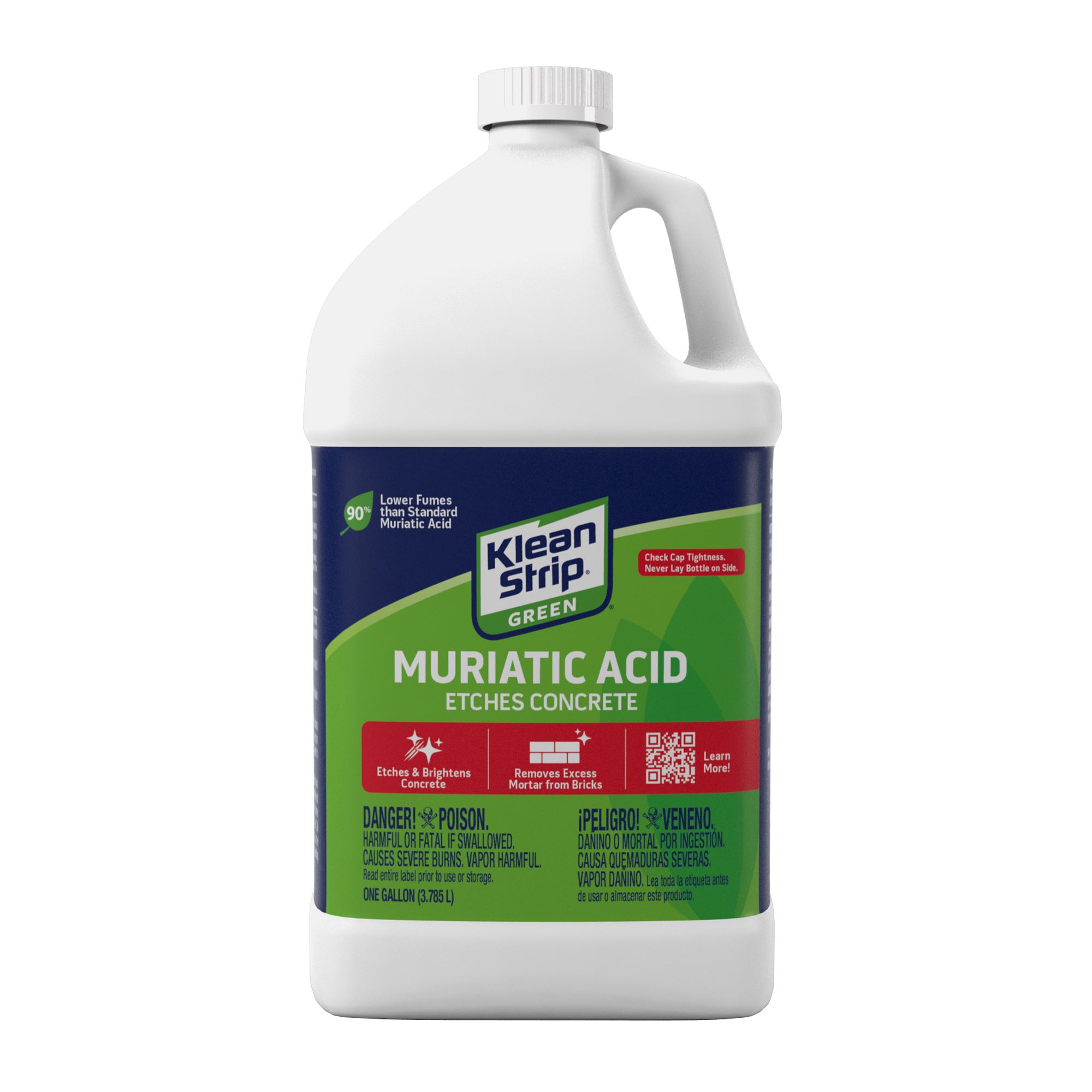
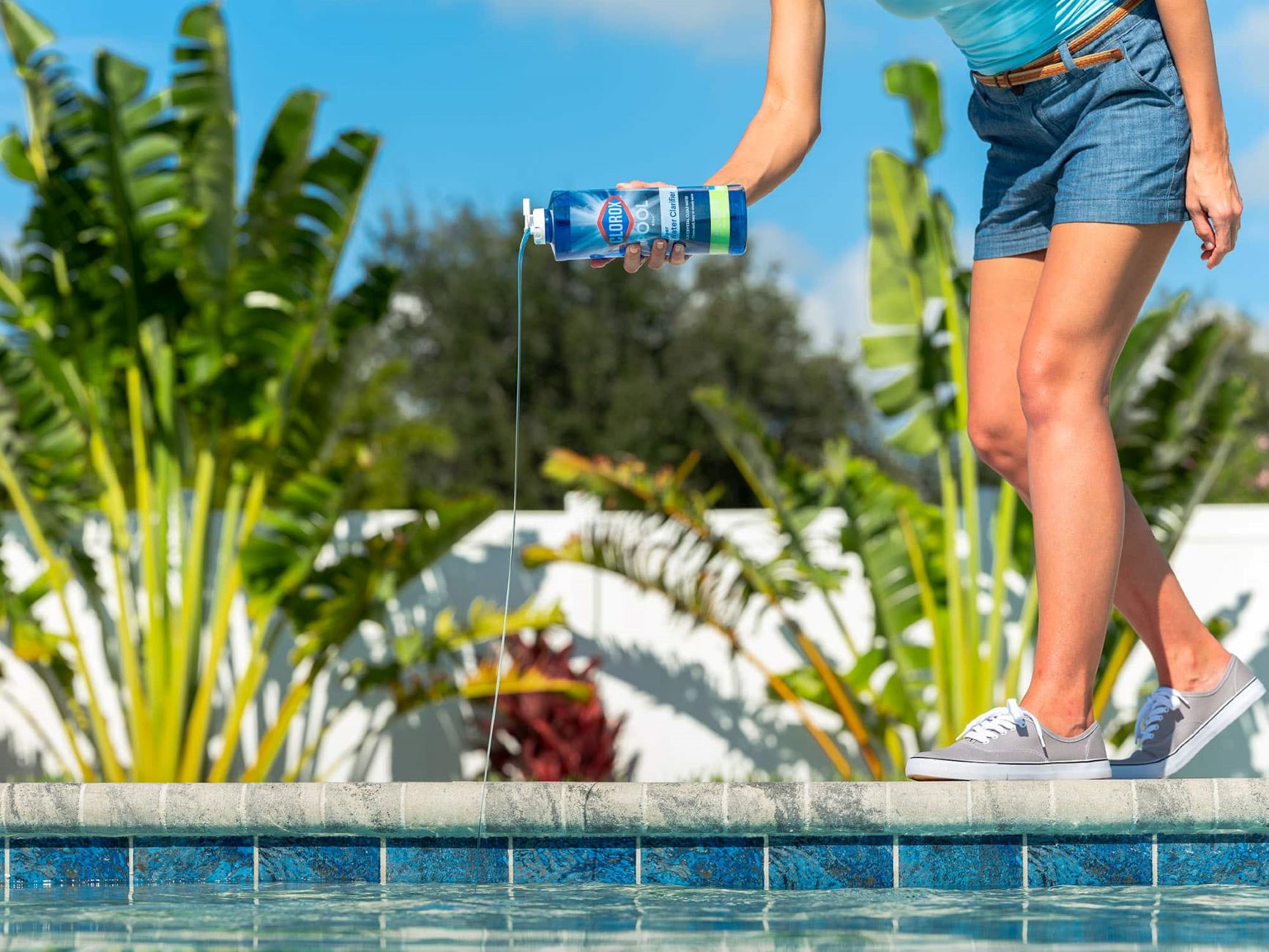

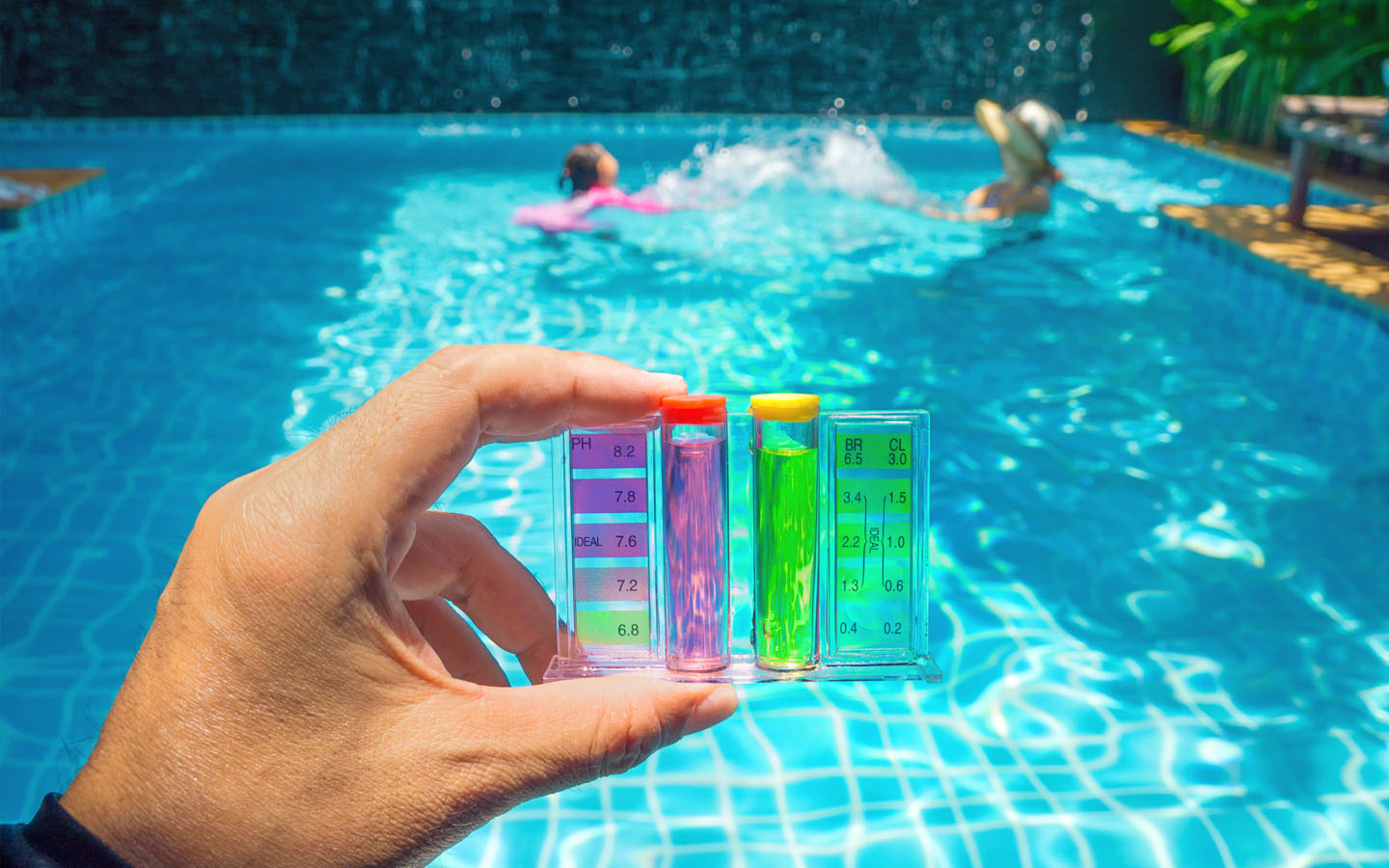
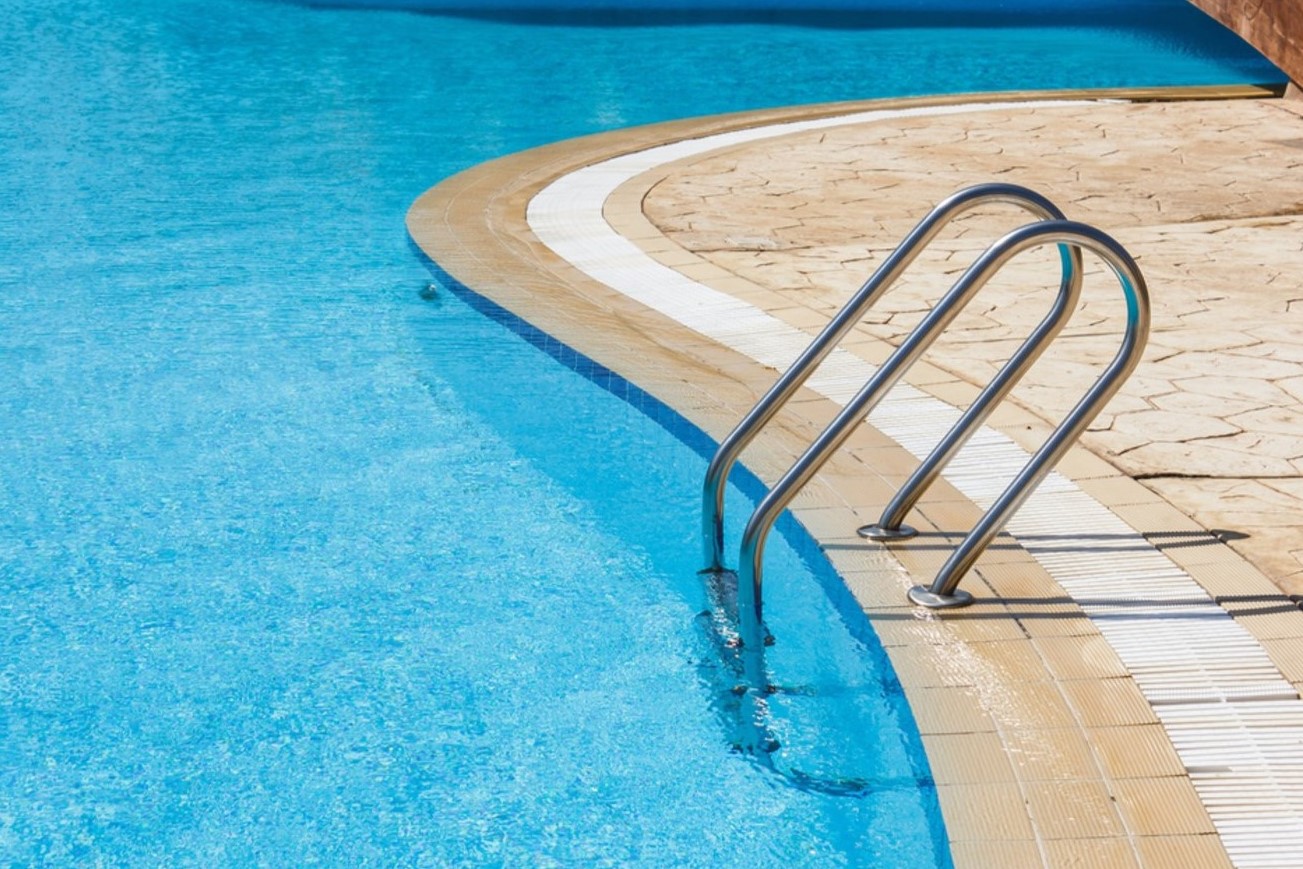
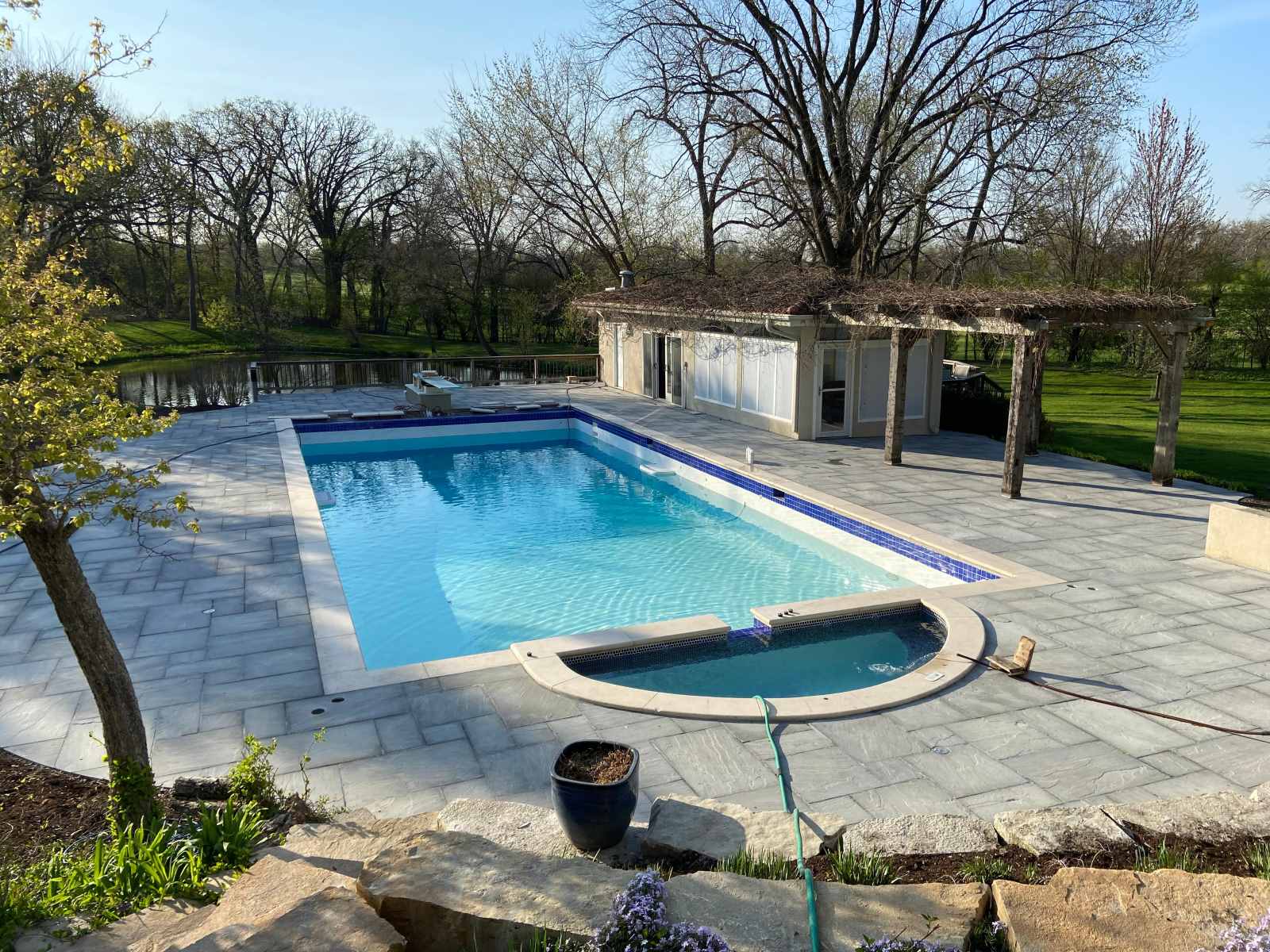

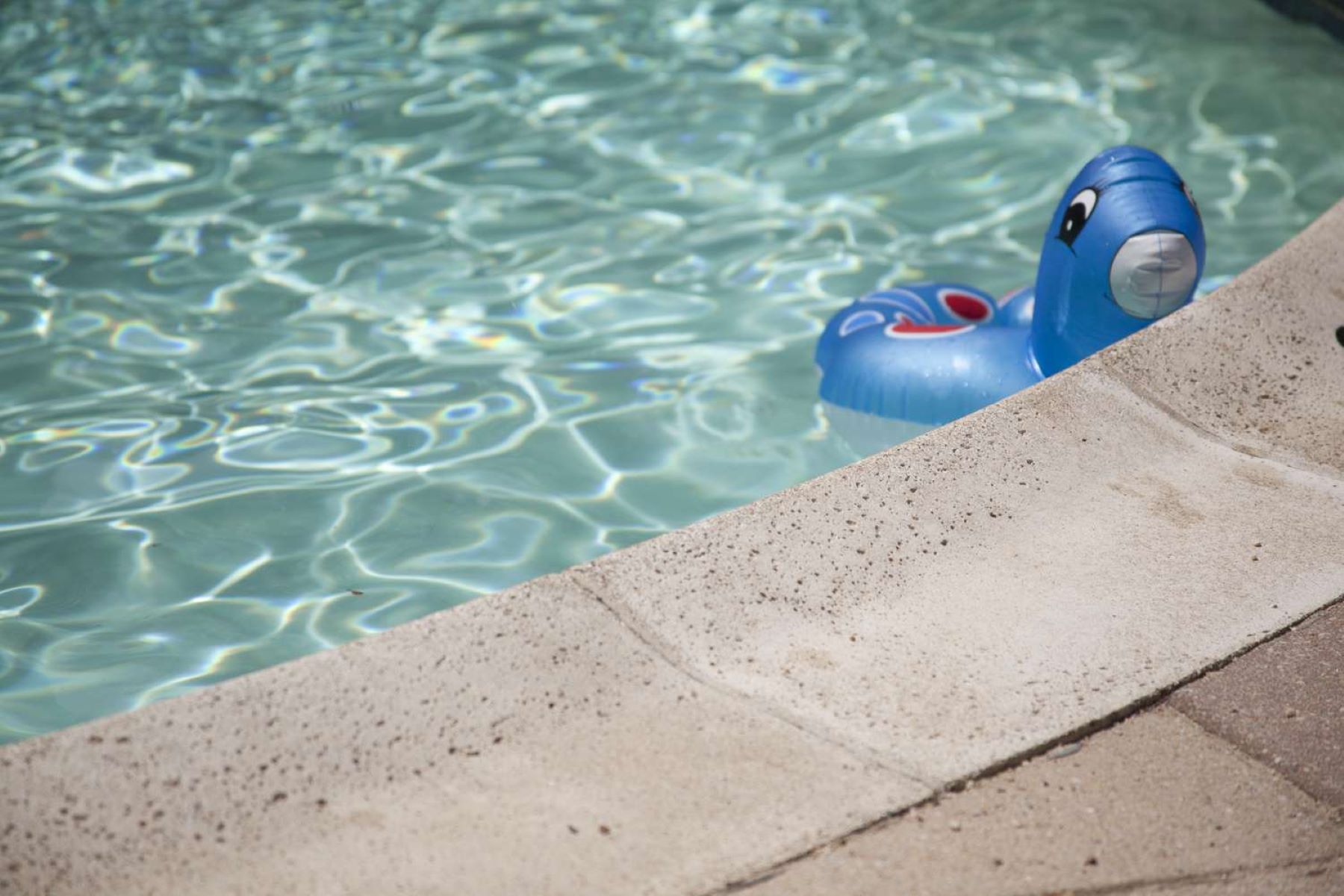
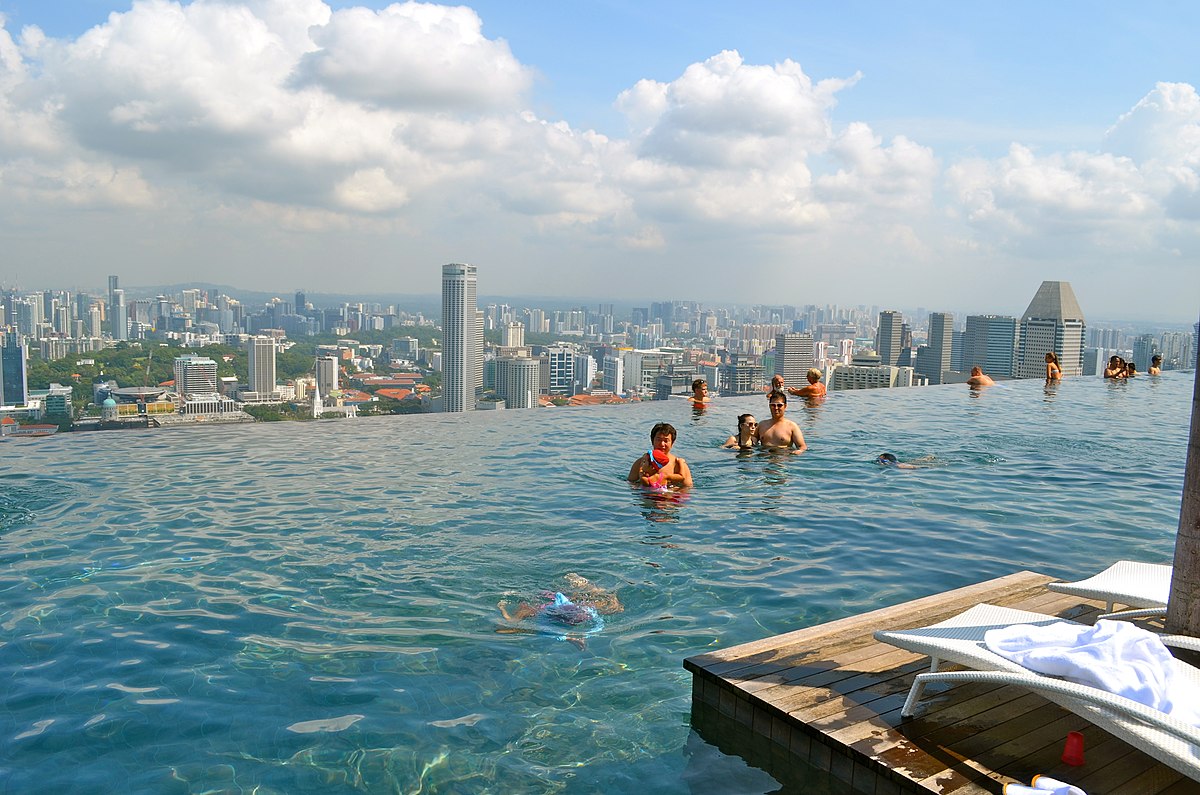
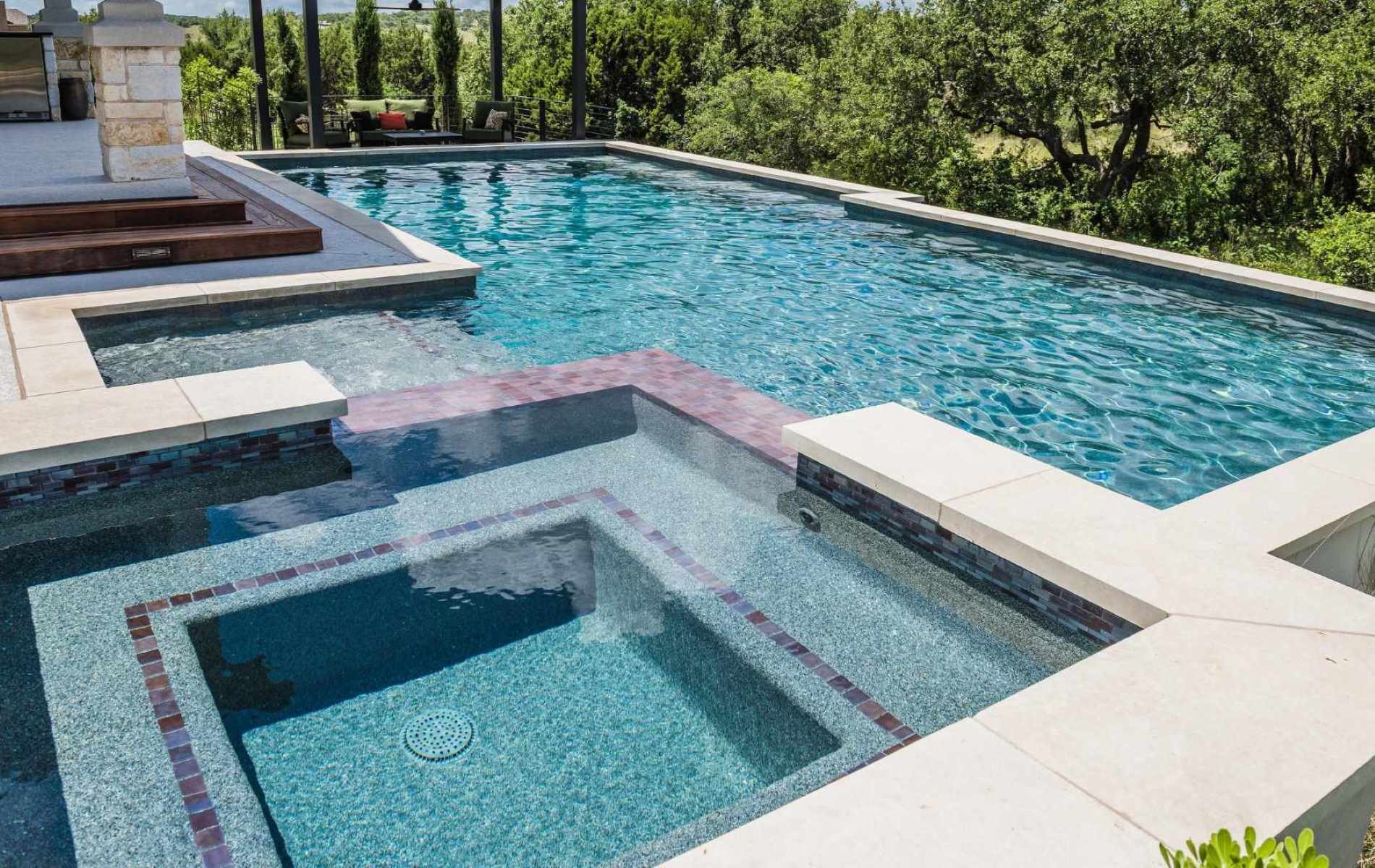
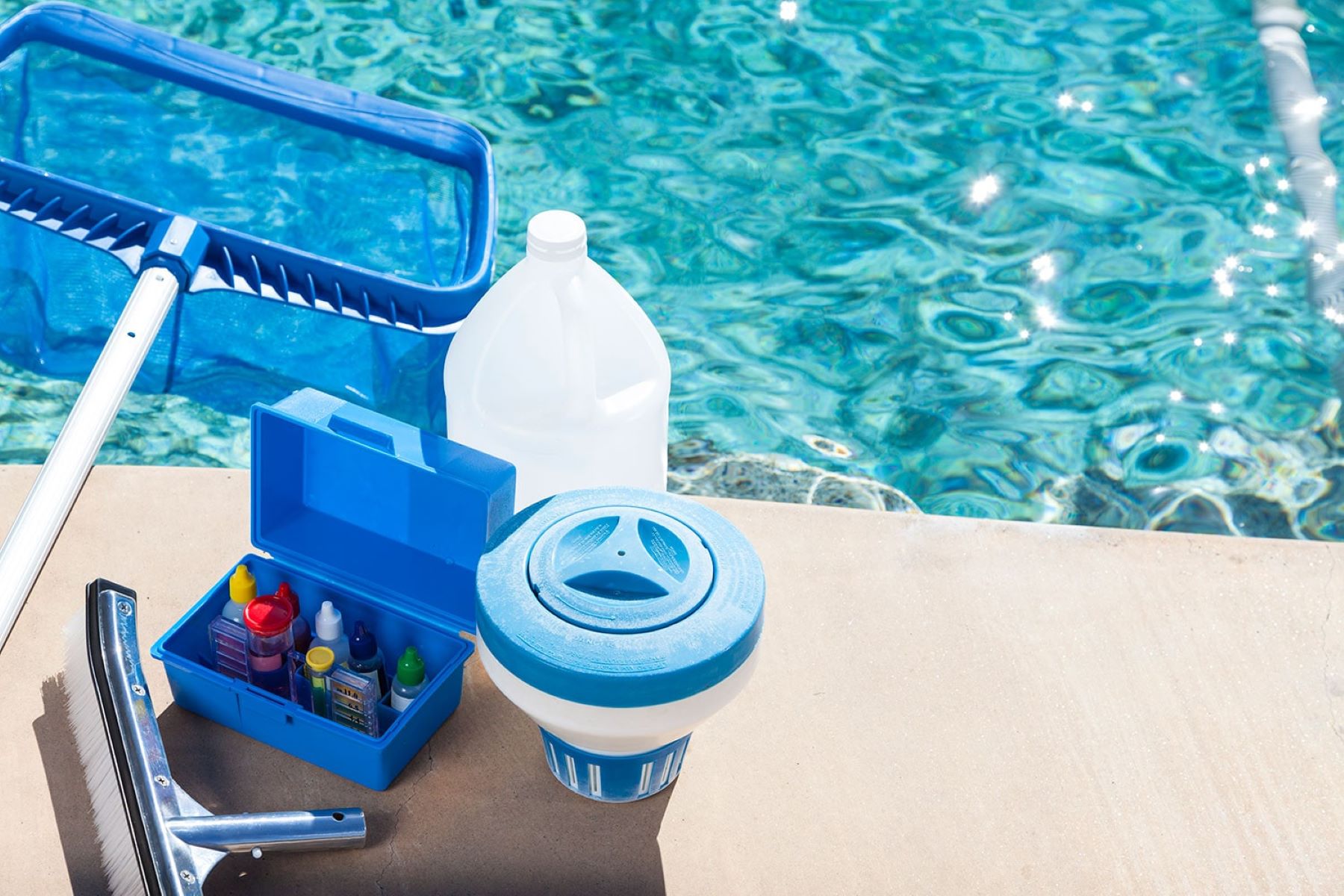
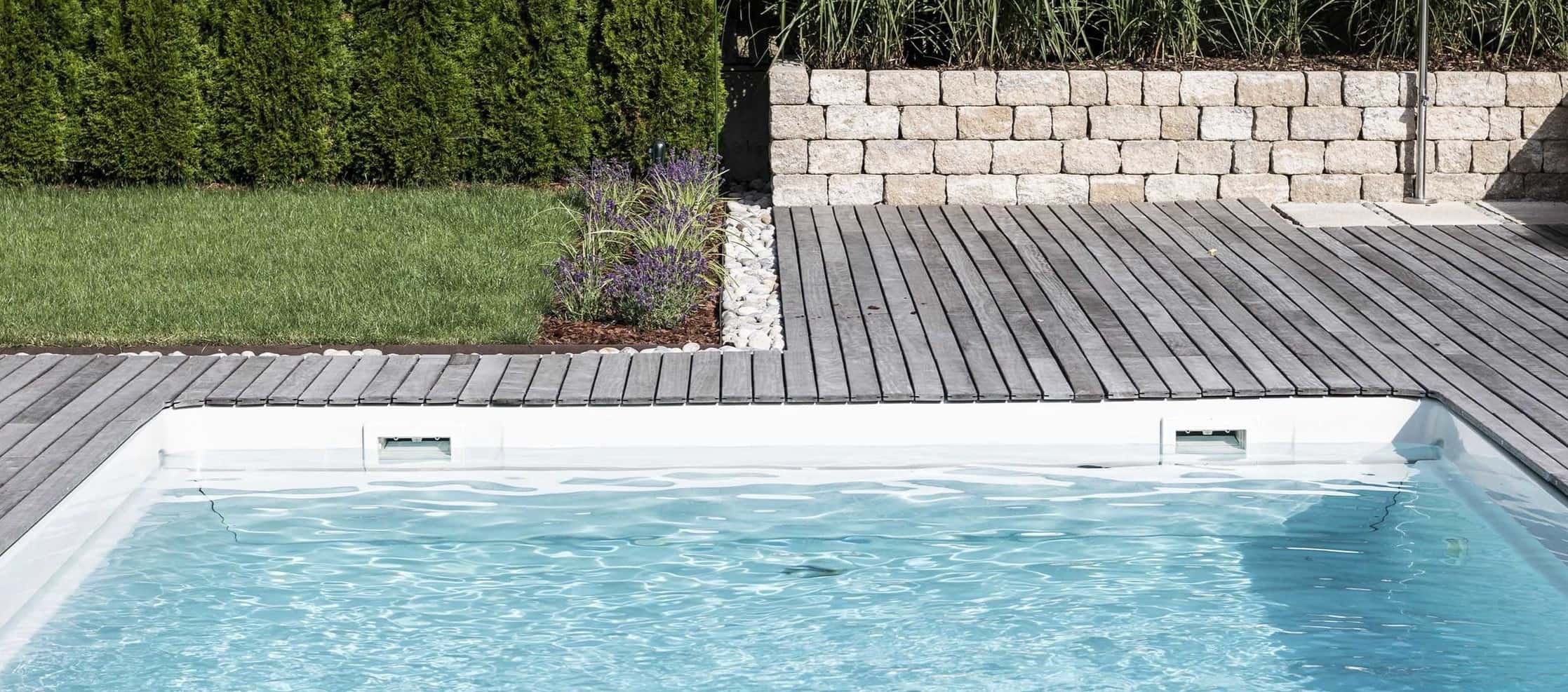
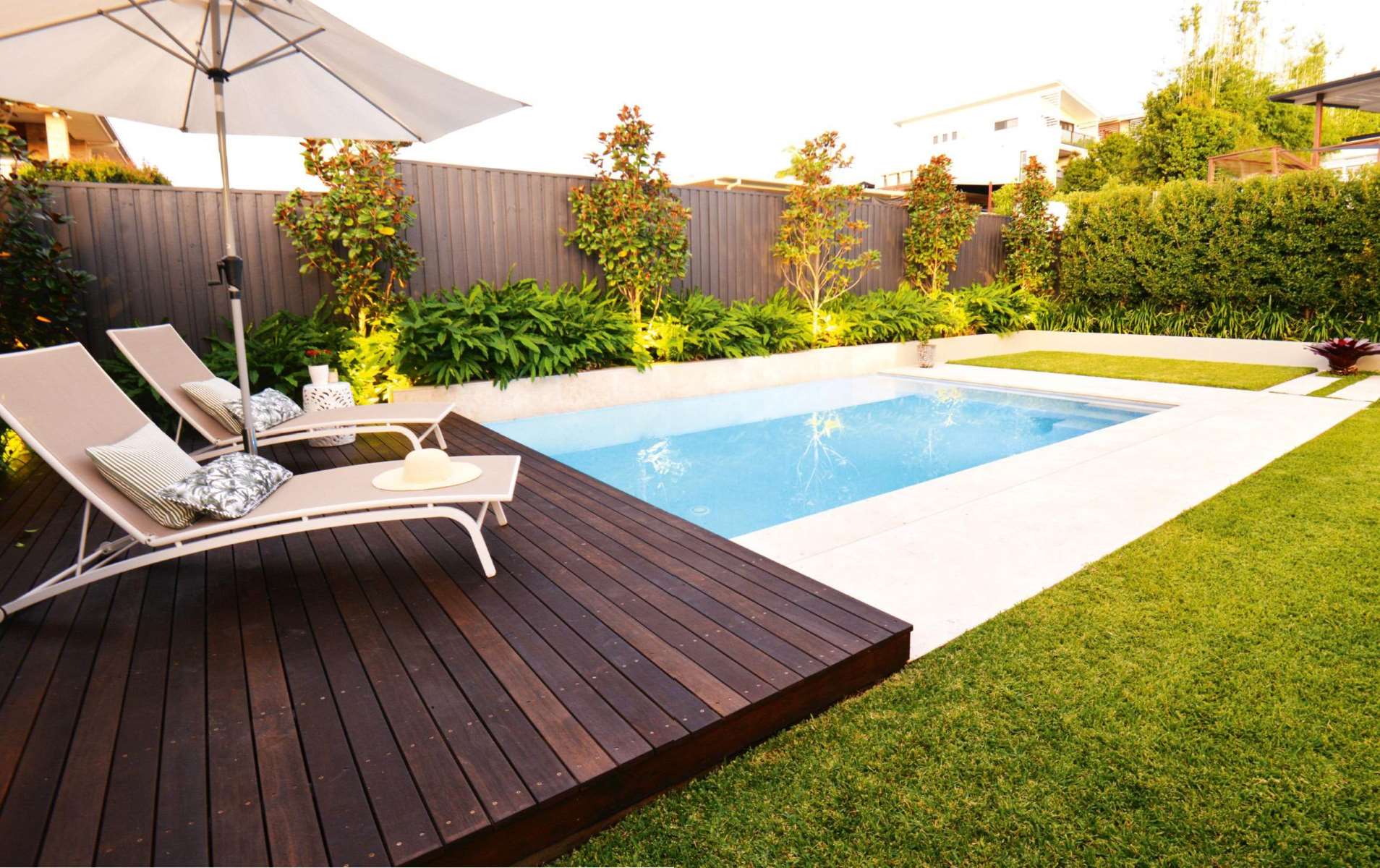


0 thoughts on “What Does Muriatic Acid Do To A Swimming Pool”